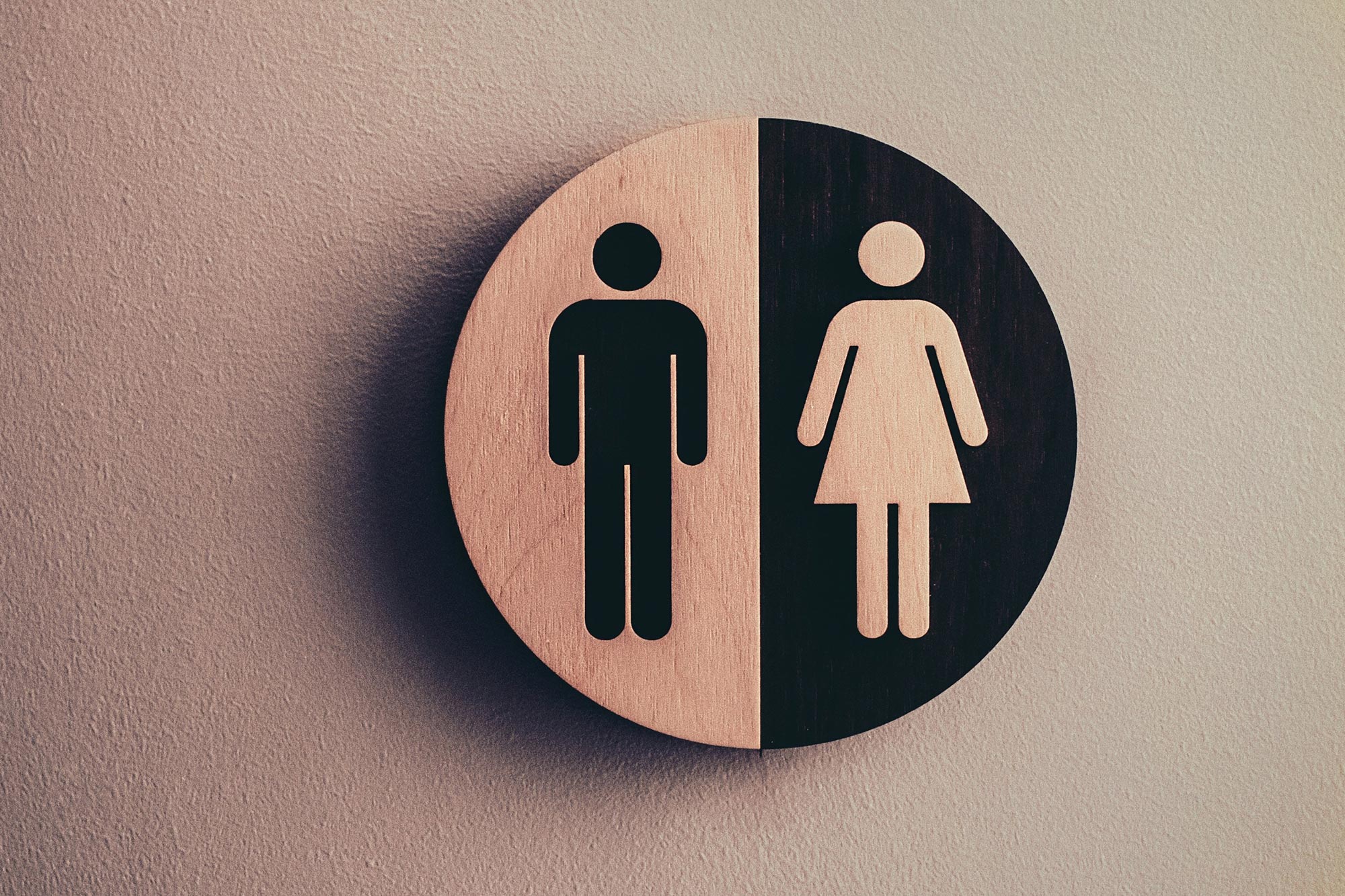
According to new research, the reason rates of most types of cancer are higher in men than in women may be due to underlying biological sex differences rather than behavioral differences.
Why do men face higher rates of most types of cancer than women?
New research suggests that biological sex differences may be the answer.
Rates of most types of cancer are higher in men than in women, yet the reasons are unclear. Findings from a recent study published by Wiley online in CANCER, a peer-reviewed journal of the American Cancer Society, suggest that the cause may be underlying biological sex differences rather than behavioral differences related to smoking, diet, alcohol use, and other factors.
Understanding the reasons for sex differences in risk could provide important information to improve cancer prevention and treatment. To investigate, Sarah S. Jackson, PhD, of the National Cancer Institute, part of the National Institutes of Health, and her colleagues, assessed differences in cancer risk for each of 21 anatomic cancer sites among 171,274 male and 122,826 female adults aged 50–71 years who were participating in the NIH-AARP Diet and Health study from 1995–2011.
During that time, 17,951 new cancers arose in men and 8,742 in women. Incidence was lower in men than women only for thyroid and gallbladder cancers. Risks were 1.3- to 10.8-times higher in men than women at other anatomic sites. The greatest increased risks in men were seen for esophageal cancer (a 10.8-times higher risk), larynx (a 3.5-times higher risk), gastric cardia (a 3.5-times higher risk), and bladder cancer (a 3.3-times higher risk).
Even after adjusting for a wide range of risk behaviors and carcinogenic exposures, men still had an increased risk of most cancers. Indeed, differences in risk behaviors and carcinogenic exposures between the sexes only accounted for a modest proportion of the male predominance of most cancers (ranging from 11% for esophageal cancer to 50% for lung cancer).
The results suggest that biological differences between sexes—such as physiological, immunological, genetic, and other differences—play a major role in the cancer susceptibility of men versus women.
“Our results show that there are differences in cancer incidence that are not explained by environmental exposures alone. This suggests that there are intrinsic biological differences between men and women that affect susceptibility to cancer,” said Dr. Jackson.
An accompanying editorial discusses the study’s findings and notes that a multifaceted approach needs to be in place to address sex disparities in cancer.
“Strategically including sex as a biological variable should be enforced along the whole cancer continuum from risk prediction and cancer primary prevention, cancer screening and secondary prevention, to cancer treatment and patient management,” the authors wrote.
“Examining and addressing sex disparities in cancer and other diseases is an ongoing quest. Bench to bedside translational studies which effectively transform the existing research findings into clinical practice is a scalable means within easy reach to achieve precision medicine and will mitigate—and may ultimately eradicate—sex disparities in cancer.”
References: “Sex disparities in the incidence of 21 cancer types: quantification of the contribution of risk factors” by Sarah S. Jackson, PhD; Morgan A. Marks, PhD; Hormuzd A. Katki, PhD; Michael B. Cook, PhD; Noorie Hyun, PhD; Neal D. Freedman, PhD; Lisa L. Kahle BA; Philip E. Castle, PhD; Barry I. Graubard, PhD and Anil K. Chaturvedi, PhD, 8 August 2022, Cancer.
“Sex disparities in cancer: an ongoing quest” by Jingqin R. Luo, PhD and Graham A. Colditz, MD, DrPH, 8 August 2022, Cancer.
DOI: 10.1002/cncr.34389


0 Comments